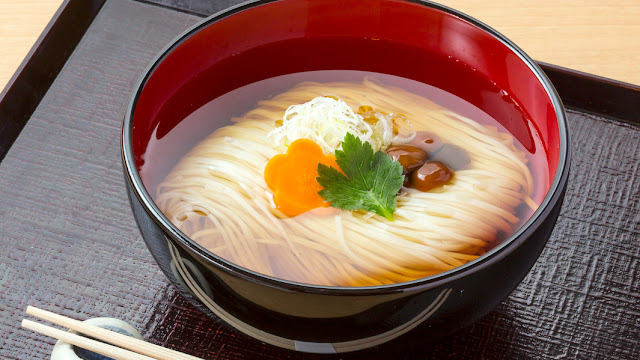 |
| 富士山(山梨県) |
Welcome to Japan, a land where winter transforms the landscape into a serene, frosty paradise. Join us as we explore the 12 best places to visit in Japan during winter.
蔵王の樹氷(山形県)
Zao Snow Monsters, Yamagata Prefecture
First on our list is the Zao Snow Monsters in Yamagata. These natural sculptures are created when Siberian winds cover trees in heavy snow and ice. At night, they're illuminated, creating a spectacular winter wonderland.
 |
| 白川郷(岐阜県) |
Shirakawa-go, Gifu Prefecture
Next, we visit Shirakawa-go in Gifu Prefecture. This UNESCO World Heritage site is famous for its gassho-zukuri farmhouses, looking magical under a blanket of snow and evening lights.
 |
| 銀山温泉(山形県) |
Ginzan Onsen, Yamagata Prefecture
Ginzan Onsen in Yamagata offers a step back in time. Its Taisho-era streets and traditional hot springs provide a tranquil retreat amidst a picturesque winter scene.
 |
| さっぽろ雪まつり(北海道) |
Sapporo Snow Festival, Hokkaido Prefecture
The Sapporo Snow Festival is a marvel of winter creativity. Huge, artistic snow sculptures dominate the city, attracting millions to Hokkaido’s capital to celebrate the season.
 |
| 三十槌の氷柱(埼玉県) |
Icicles of Misotsuchi, Saitama Prefecture
In Chichibu, Saitama Prefecture, the Icicles of Misotsuchi create a fairy-tale environment. These massive, naturally-formed icicles are illuminated at night, offering a mesmerizing winter spectacle.
 |
| 地獄谷野猿公苑(長野県) |
Jigokudani Monkey Park, Nagano
At Jigokudani Monkey Park in Nagano, witness the unique sight of wild snow monkeys enjoying a warm bath in natural hot springs, a rare and delightful winter experience.
 |
| 立山黒部アルペンルート(富山県) |
Tateyama Kurobe Alpine Route, Toyama
The Tateyama Kurobe Alpine Route in Toyama is a journey through the Northern Japan Alps, featuring the impressive Kurobe Dam and the iconic snow walls of Murodo Plateau.
 |
| なばなの里(三重県) |
Nabana no Sato Illuminations, Mie
In Mie Prefecture, Nabana no Sato transforms into a luminous world with one of Japan's largest illumination displays, creating enchanting light tunnels and themed landscapes.
 |
| かまくらの里(長野県) |
Kamakura Snow Hut Village, Nagano
The Kamakura Snow Hut Village in Nagano offers a cozy winter experience. These igloo-like huts, illuminated by candles, host visitors for local food and sake, embracing Japan’s rich winter traditions.
 |
| 兼六園(石川県) |
Kenrokuen, Ishikawa
Kenrokuen in Ishikawa, one of Japan's Three Great Gardens, is a must-visit. Its snow-covered landscapes offer a peaceful and picturesque winter stroll.
 |
| 湯西川温泉(栃木県) |
Yunishigawa Onsen, Tochigi
In the mountains of Tochigi Prefecture, Yunishigawa Onsen is a hidden gem. The hot spring baths and the Kamakura Festival’s snow huts create an unforgettable winter ambiance.
 |
| 小樽運河(北海道) |
Otaru Canal, Hokkaido
Lastly, Otaru in Hokkaido captivates with its Snow Light Path Festival. The city's romantic canal, lined with lanterns and historic buildings, provides a perfect winter evening stroll.
Japan's winter offers a mesmerizing mix of natural beauty, cultural experiences, and festive celebrations. Each of these 12 destinations provides a unique way to embrace the season. Plan your journey and experience the magic of Japanese winter.
Thank you for joining us on this winter journey through Japan. Until next time, stay warm and inspired.








